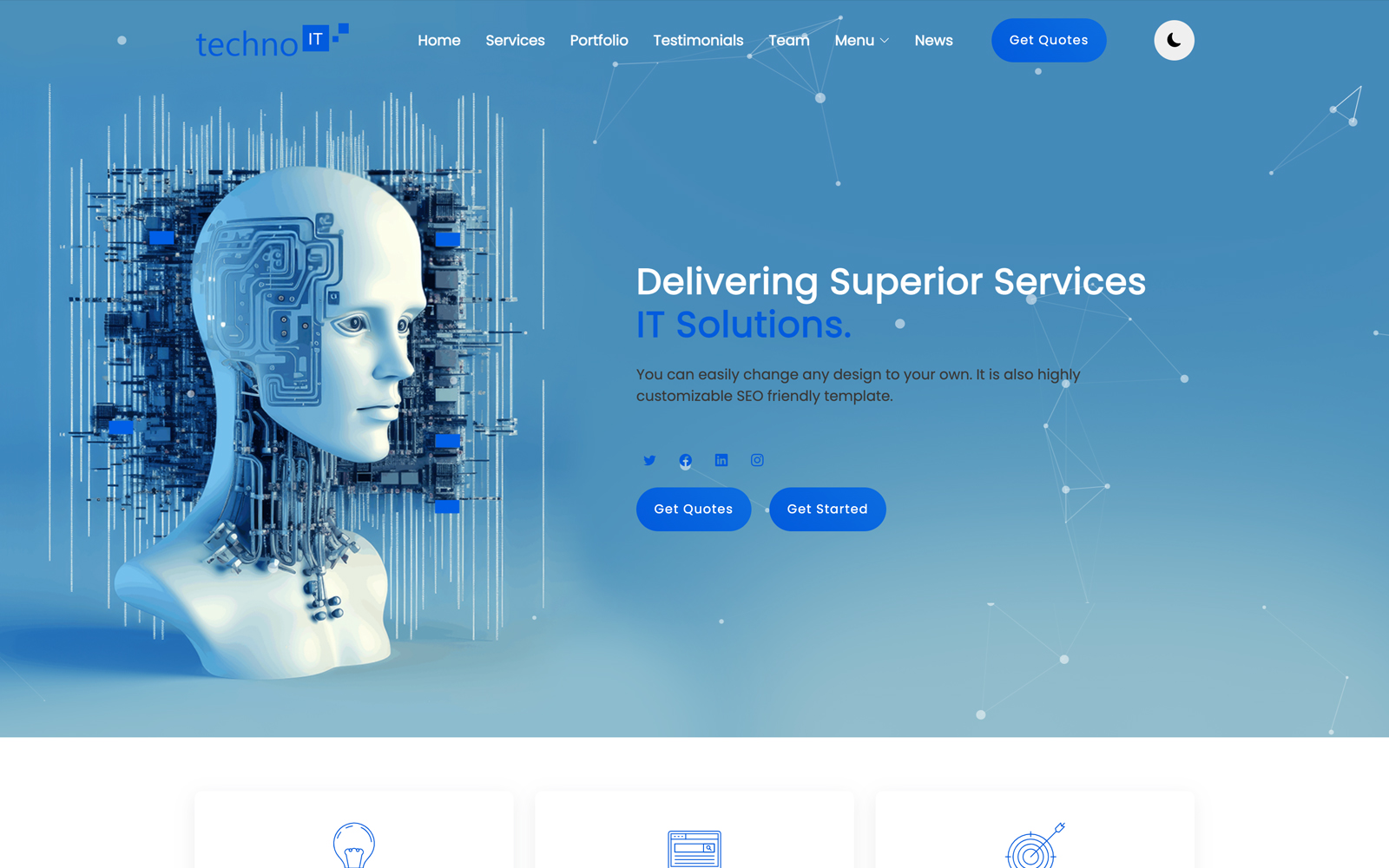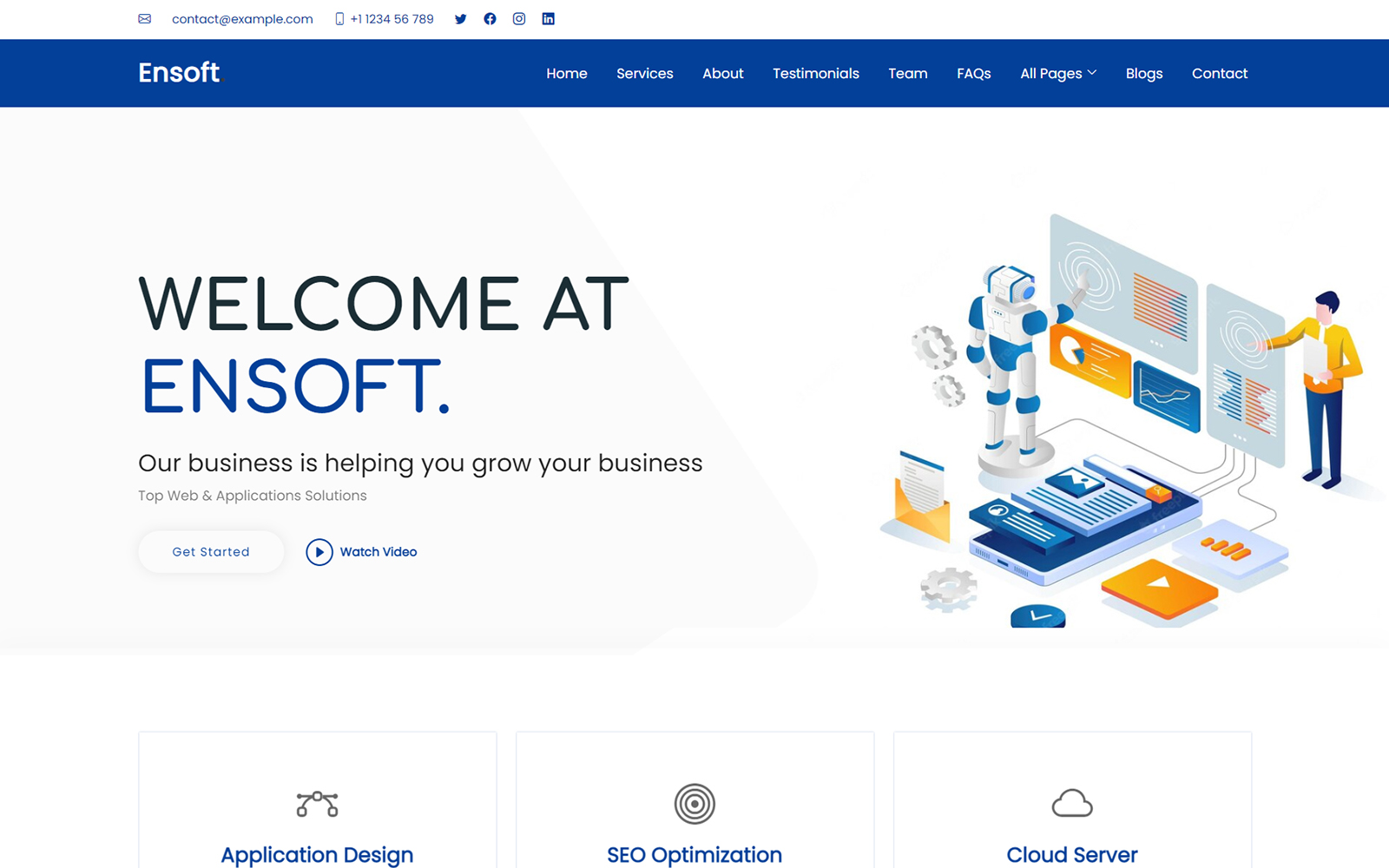Affiliate marketing is one of the most popular and effective ways for tech bloggers to earn passive income online. If you regularly publish tutorials, product reviews, or comparisons related to technology, affiliate links can turn your blog traffic into real revenue. This beginner-friendly guide explains how affiliate marketing works, how to get started, and how to maximize your earnings in 2025.
What Is Affiliate Marketing?
Affiliate marketing is a performance-based income model where you promote a product or service and earn a commission for every sale or lead generated through your unique affiliate link. For tech bloggers, this can include software, hosting services, online tools, hardware, or even online courses.
How Affiliate Marketing Works
Here’s how it typically works:
- You sign up for an affiliate program
- You get a unique tracking link for each product or service
- You include the link in your blog post, email, or banner
- When someone clicks and buys, you earn a commission
Why Tech Bloggers Have an Advantage
Tech bloggers have a natural edge in affiliate marketing. That’s because:
- Their audience is already looking for product recommendations or solutions
- They create in-depth, helpful content like tutorials and comparisons
- Their content often ranks well in search engines for commercial keywords
If you write about hosting, app development tools, hardware reviews, or cloud platforms, you’re already sitting on affiliate marketing gold.
How to Start Affiliate Marketing on a Tech Blog
1. Choose a Niche and Focus Area
Don’t try to promote everything. Focus on what your audience actually cares about. Examples:
- Web hosting for developers
- SaaS tools for remote teams
- Programming courses or bootcamps
- Developer productivity tools or extensions
2. Sign Up for Affiliate Programs
Some top affiliate programs for tech bloggers include:
- Amazon Associates (for hardware, accessories, books)
- Bluehost or SiteGround (hosting)
- Cloudways, DigitalOcean, or Vultr (cloud services)
- Envato Market, TemplateMonster (themes and templates)
- Coursera or Udemy (online tech courses)
- GitHub Sponsors, CodeCanyon, or other dev tools
Tip: Look for affiliate programs with recurring commissions or high payouts per sale.
3. Create High-Value Content
Your content is what sells. Focus on posts that help readers make a decision, such as:
- Comparison posts: “Best Hosting for Developers in 2025”
- Tutorials: “How to Set Up a VPS on DigitalOcean”
- Reviews: “My Honest Experience Using VS Code Extensions”
- Resource lists: “Top Free Tools for Web Developers”
Include real screenshots, honest opinions, and value-driven tips. Avoid sounding salesy — aim to inform, not just promote.
4. Add Your Affiliate Links Strategically
Place links where they feel natural and helpful, such as:
- Inside call-to-action buttons
- In-product recommendation boxes
- Within tutorial steps or tool mentions
Use disclosure statements like “This post contains affiliate links” to stay compliant with FTC regulations, especially for US audiences.
5. Track Performance
Most affiliate programs provide dashboards to see clicks, conversions, and commissions. Use UTM parameters or link shorteners to track which blog posts or CTAs are driving the most income.
You can also use tools like:
- Google Analytics (to track blog traffic and behavior)
- Pretty Links or ThirstyAffiliates (to manage and cloak affiliate links)
- Ahrefs or Semrush (to find high-converting keywords)
6. Optimize and Scale
Update your old posts to include new affiliate links. Test different placements, button styles, or CTAs. Create comparison tables or short videos to enhance engagement. Over time, focus more on content types that generate the most affiliate income.
Final Thoughts
Affiliate marketing is a powerful revenue stream for tech bloggers who want to monetize their knowledge and content without creating their own products. With the right strategy and helpful content, you can build a steady source of income by simply recommending tools you already use and trust.







